Semkarch SKC-CNT1;
The IEM with an Entertaining Presentation
About Semkarch and the SKC-CNT1:
Semkarch is a China based company, which is relative new in the world of audiophile equipments. The SKC-CNT1 is their first In-Ear Monitor on the market which has a single dynamic driver with two (2) sound tuning filter options.
Disclaimer:
I would like to thank
Semkarch for providing me this sample via
Penon Audio for review purposes. I am not affiliated with
Semkarch and
Penon Audio beyond this review and these words reflect my true and unaltered opinions about the product.
Price:
The Semkarch SKC-CNT1 is available on Penon Audio for 95,00 USD.
Purchase Link:
https://penonaudio.com/semkarch-skc-cnt1.html
Package and Accessories:
The Semkarch CNT1 comes in a black cardboard box with a textured surface, which sports the brand name SEMKARCH®.
This box is including the following contents/accessories;
- 1 pcs x Semkarch SKC-CNT1 In-Ear Monitor
- 1 pcs x Detachable Cable with MMCX connectors
- 4 pairs x Silicone eartips
- 2 pair x Sound tuning filters (Gold&Black)
- 1 pcs x Carry Case
The Semkarch CNT1 comes with four (4) pairs of silicone eartips that have a pretty similar look like some regular Sony eartips. This eartips are one of my favorites due the use of a very comfortable to wear/insert soft silicone material.
The carry case with zipper is in turquoise color and is ideal in size to put in the monitors+cable and all included accessories.
Design, Fit and Build Quality:
The housing of the Semkarch CNT1 monitor is made of metal and has a pretty solid to look and feel. The all metal housing of has a mirror like silver finish and has a rounded walnut like shape. The fit and ergonomics of the monitor is pretty good with its medium sized housing.
The housing is made of two parts the backs which are the back and front panel.
On front of the housing are the Left (L) and Right (R) markings, one vent and the brand logo, which is printed in white color.
On the back are a second vent and the female nozzle insertion for the sound tuning nozzle filter, which has a 45 degree angled profile.
They are two (2) sound tuning filters, one in gold and one in black.
The Semkarch CNT1 comes with a detachable cable with MMCX (Micro Miniature Coaxial) connector, which has a 2 core wire design with a unknown type of copper material/purity. The cable material is coated with a grey semi transparent TPU material. The microphonic effect for this cable is on an acceptable level.
The housing of the MMCX connectors is made of metal and has a gun metal colored finish with Left and R markings.
The cable sports shrink tube plastic ear guides, which is pretty elastic and comfortable to wear over my ear.
The cable has a y splitter that sport the model description (SKC-CNT1) and a chin slider, which are all made of metal.
The cable has a straight profiled plug with the same gunmetal color metal housing that sports the brand name. The headphone jack is gold plated and has a 3 pole unbalanced jack.
The Semkarch CNT1 has an above average isolation, which is slightly lower compared to In-Ear Monitors with a semi custom universal shell.
Technical Specifications:
- Driver : CNT (Carbon Nano Tube) Dynamic driver
- Sensitivity : 108±1 dB
- Impedance :32ohm
- Freq. range : 10Hz-26000Hz
- THD : <0.2%
- Rated power : 5mW
- Plug : 3.5mm gold-plated
- Cable length : 120cm
- Black filters : 3khz-10khz +2db
- Gold filters : 3khz-10khz -2db
Equipment’s used for this review:
IEM’s : Semkarch SKC-CNT1, iBasso IT01, Mee Audio Pinnacle P2
DAP&DAC’s : Cayin N5II, Fiio M7, Hifiman Super Mini, xDuoo XD10 Poke, Audirect Beam
Albums & tracks used for this review:
- Liquid Tension Experiment 2 – Acid Rain (Spotify)
- Opeth – Damnation (Tidal Hi-Fi)
- Metallica – Sad but True (Flac 24bit/96kHz)
- London Grammar – Interlud (Live) (Flac 24bit/44kHz)
- Laura Pergolizzi – Lost On You “Live at Harvard and Stone” (Tidal Hi-Fi)
- JehanBarbur – Yollar (Spotify)
- Minor Empire – Bulbulum Altin Kafeste (Spotify)
- Adam Taylor – Colour to the Moon (Flac 16bit/44kHz)
- Casey Abrams – Robot Lover (Tidal Hi-Fi)
- Vivaldi – Le QuarttroStagioni “The Four Season” (Tidal Hi-Fi)
- Steve Srauss – Mr. Bones (Flac 16bit/44kHz)
- Otto Liebert& Luna Negra – The River (DSF) – Binaural Recording
- Future Heroes – Another World (Tidal Hi-fi)
- Lorde – Team (Flac 24bit/48kHz)
- Tom Player – Resonance Theory “Album” (Tidal Hi-Fi)
The Sound:
This review is written after a burn-in process of around 90-100 hours and I have used the stock silicone ear tips which are included to the box.
Sound Signature:
The Semkarch CNT1 has a entertaining sound signature with its great bass impact and relative musical presentation. The CNT1 has two sound tuning filters that especially affect the sound signature of the lower and upper frequency regions. The gold filter shows slightly less bass and more upper midrange and treble emphasis, while the black filter has more bass but less transparency in the midrange, together with it’s slightly warmer presentation.
Bass:
One of the real highlights of the Semkarch CNT1 the bass response. The sub-bass presentation of the CNT1 with the black filter sounds fairly deep and has moderate extension, while the gold filter is adding additional control and to the sub-bass presentation. The quantity is good enough to satisfy bass lovers with genres, who needs good rumble like Trance, Edm or Pop music.
The mid-bass sounds full bodied and relative warm with the black filter, while the gold filter is slightly dropping the quantity, but adding slightly more extension. Both bass and electro guitars are sounding pretty musical for this price tag.
Midrange:
The midrange of the Semkarch CNT1 sounds a bit recessed due the V shaped tuning.
I personally come to the conclusion that the CNT1 performs better with male vocals than female voices. Because male vocals sounding warm and fuller due the relative thick tonality caused by the mid-bass emphasis. Female vocals sounding a tad warmer than neutral and there is missing some cleaners with the black filter, which can be improved by the use of the gold filter that is adding additional transparency to the overall midrange presentation.
When it comes to the instrument performance I can confirm that the CNT1 is pretty good in this regarding. Instruments with thicker notes like drums, guitars etc. sounding more delicious, than instruments like cymbals or flutes that need additional sparkle. This is a result of the upper-midrange tuning of the CNT1, which is missing some brightness and presence with the stock black filter. The gold filter is adding some refinement and slightly more sparkle to the upper midrange, but I would still prefer a bit more sparkle.
Treble:
The treble range of the Semkarch SKC CNT1 sounds smooth and calm, which can be descript as treble tuning for easy listening. The treble extension and the detail level of the CNT1 are on a moderate level.
It is not very bright and vivid like the most V shaped In-Ear Monitors on the market, but the treble quality and quantity is good enough to listen to modern music genres like pop, rock, edm and even some acoustic music’s.
The sparkle and sharpness is a bit on the limit with genres like metal music or classical music, but the gold filter is improving the overall sparkle and brightness slightly and is adding extension.
One of the most remarkable abilities of the Semkarch CNT1 in treble region is the control ability and the soft/relaxing presentation, which makes long music listening periods possible, without to sound too lifeless or veiled.
Soundstage:
The soundstage performance of the Semkarch SKC CNT1 is on an average level. The soundstage is slightly wider than its depth, with a moderate level of instrument separation, which quite ok for this price point.
Comparisons:
Semkarch SKC CNT1 vs Mee Audio Pinnacle P2
Both IEM’s have sharing the same popular V shaped sound signature but with different tonality.
The Pinnacle P2 has slightly more sub-bass rumble and depth, but has less control than compared to the Semkarch CNT1. Both IEM’s sharing some great bass impact especially in the mid-bass region, which gives a nice body to the overall presentation. The main difference is the control in this area, where the CNT1 is superior to the Pinnacle P2.
The midrange of the Pinnacle P2 and CNT1 sounds a bit recessed due the V shaped sound signature. The CNT1 sounds slightly cleaner and transparent in the midrange compared to the veiled presentation of the Pinnacle P2, which is caused by the mid-bass hump and some control problems in this area. Male vocals sounding thick and full bodied on both IEM’s, but the Semkarch CNT1 is a bit more successful while listening to female vocals with the gold filter.
The treble range of the Semkarch CNT1 is slightly brighter and has more sparkle than those of the Pinnacle P2, especially with the gold filter, which improves the treble response of the CNT1. The treble of the CNT1 has a ticker tonality with slightly better extension (gold filter) and control. The detail rendering of both In-Ear Monitors is pretty equal, maybe a little bit better with the CNT1, when you use the gold filter.
When it comes to soundstage presentation performance, the first noticeable difference is the depth where the CNT1 performs better, while the Pinnacle P2 performs slightly better in wideness. The Semkarch CNT1 is a little bit more precise in terms of instrument placement.
Semkarch SKC CNT1 vs iBasso IT01
Both IEM’s have V shaped entertaining sound signature.
The iBasso IT01 has slightly less sub-bass quantity and nearly equal mid-bass emphasis compared to the Semkarch SKC CNT1. The sub-bass of the CNT1 goes deeper, sounds fuller and has additional rumble, while the control IT01 has little bit better control.
The mid-bass quantity and control are nearly identical, maybe slightly more/better with the CNT1 if you use the black filter, while the IT01 has the upper hand regarding to speed.
The midrange of the IT01 sounds more transparent, bright and with additional sparkle, while the CNT1 has a smoother/softer presentation, which is ideal for long listening periods.
When it comes to the vocal comparison, the CNT1 is fuller and pleasant with male vocals, while the IT01 sounds more realistic and lifelike with female vocals due a slightly boost in the upper midrange are. The iBasso IT01 excel’s slightly better in terms of overall detail and instrument presentation while the difference is pretty small.
The iBasso IT01 sounds brighter, has a slightly better treble extension and shows more sparkle than those of the Semkarch CNT1, which has a slightly rolled-off top end. The benefit of this additional treble energy is more detail and rendering of air, while the Semkarch is more suitable for longer listening periods due the smoother/softer presentation.
The difference in soundstage performance of this IEM’s is pretty low. The iBasso IT01 has the slightly wider soundstage, while the difference for depth is less noticeable, maybe a tad better with the IT01. The iBasso IT01 is the more precise IEM in terms of instrument placement and definition.
Conclusion:
The Semkarch SKC CNT1 is a fairly priced In-Ear Monitor with its great bass response, entertaining tuning and two sound tuning filters, which are helping to fine tune the overall sound signature. The built quality is pretty good, while the stock cable looks less impressive compared to the rest of the package.
Pros and Cons:
- + Solid Bass Response
- + Entertaining Sound Tuning
- + Good Build Quality
- + Fairly Priced
- - Cable is a bit stiff
- - Missing of some midrange transparency/clearness
- - Treble extension




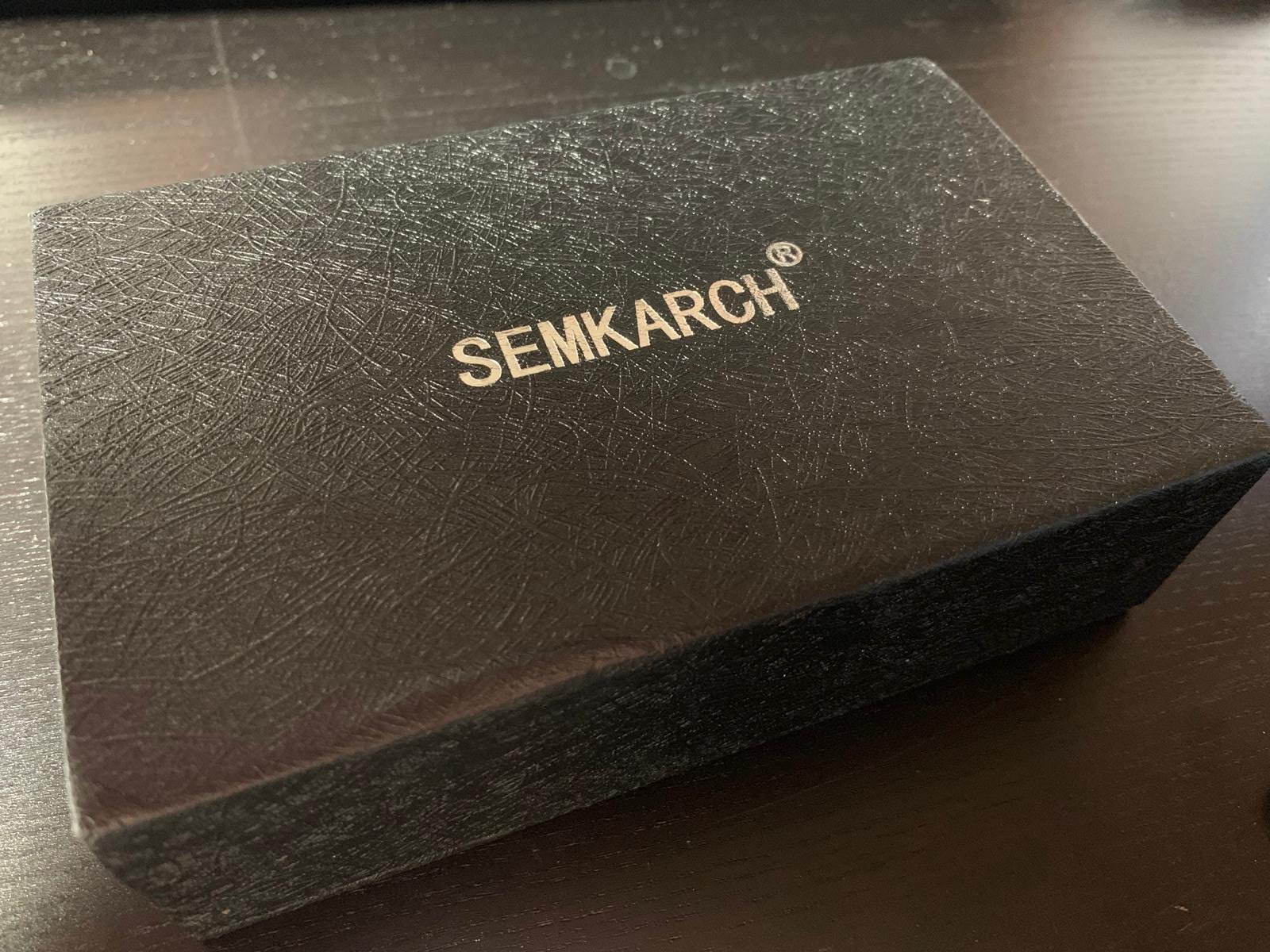
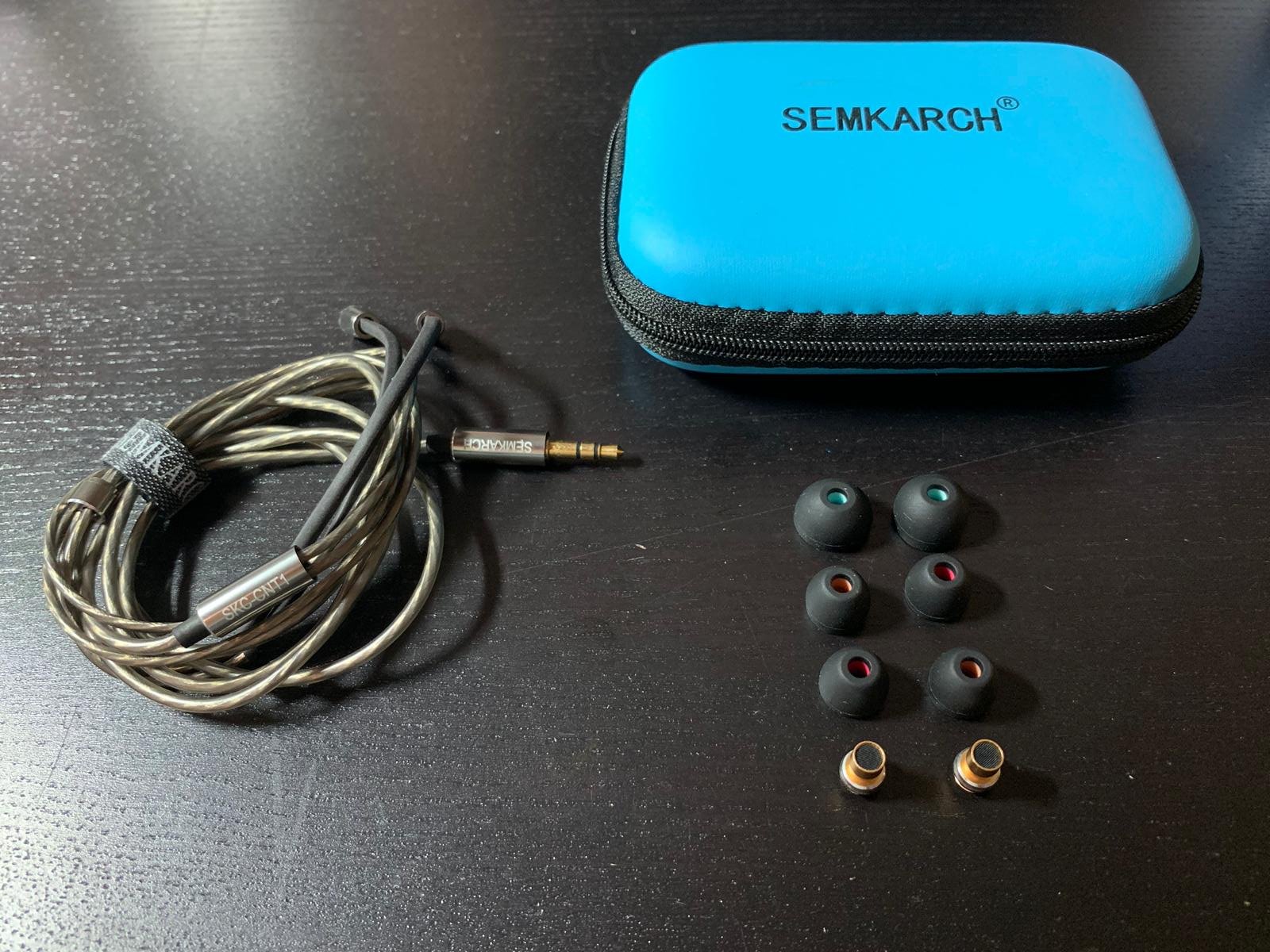
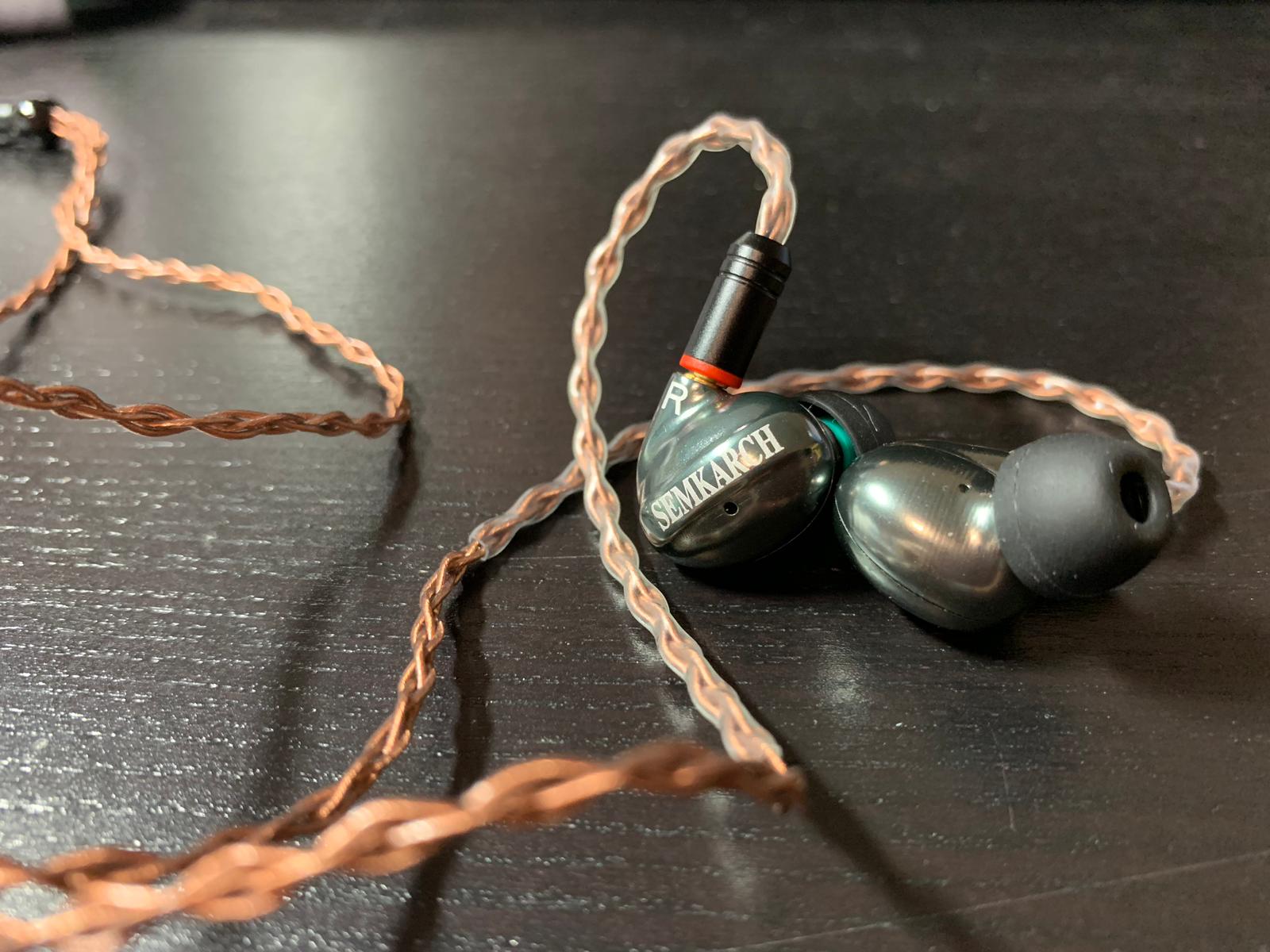
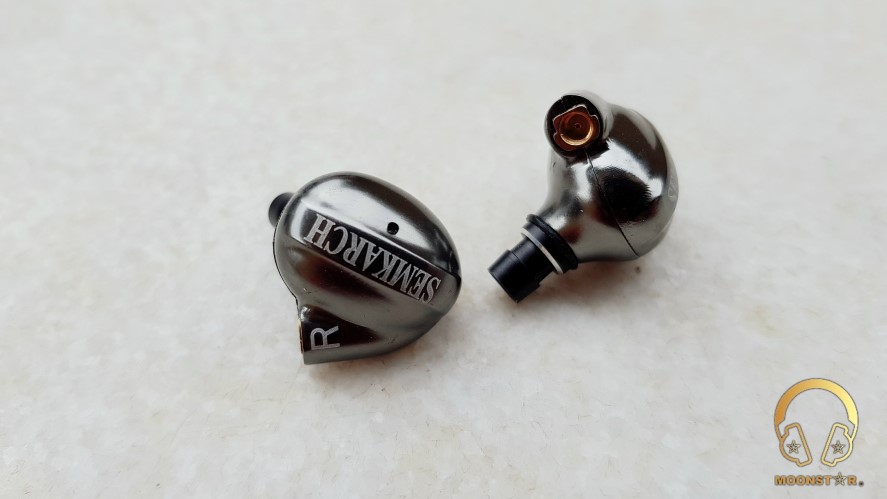
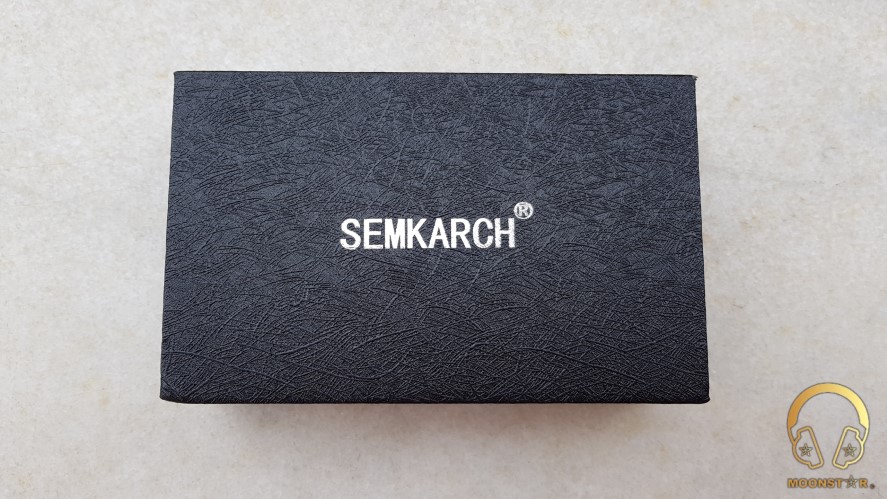
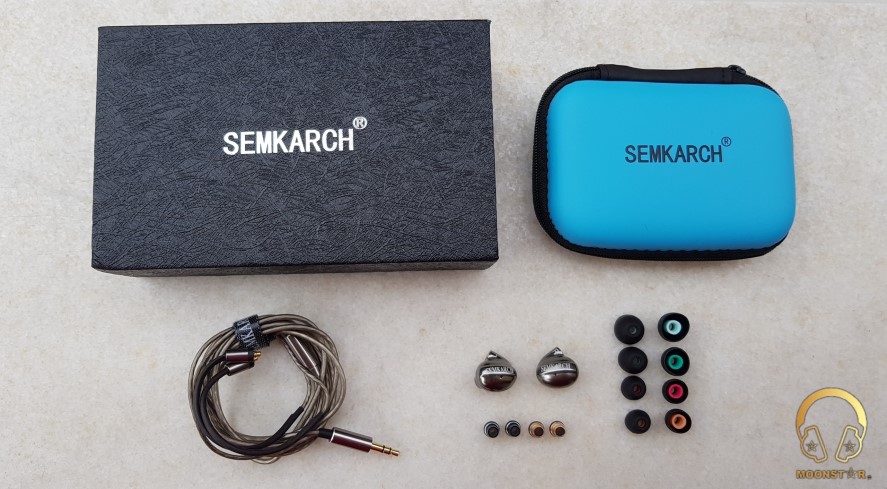
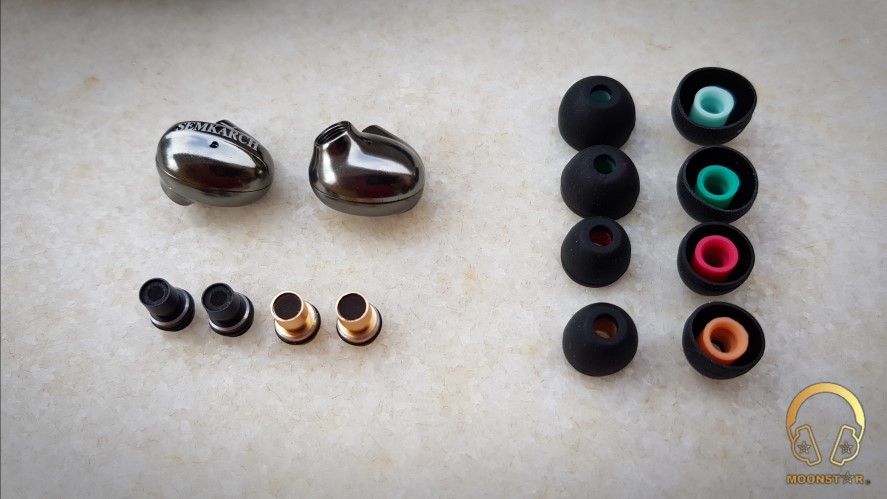
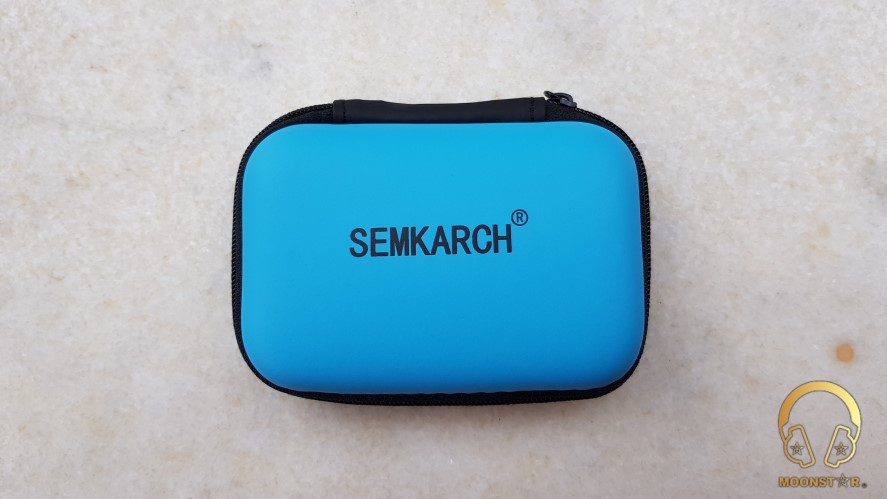

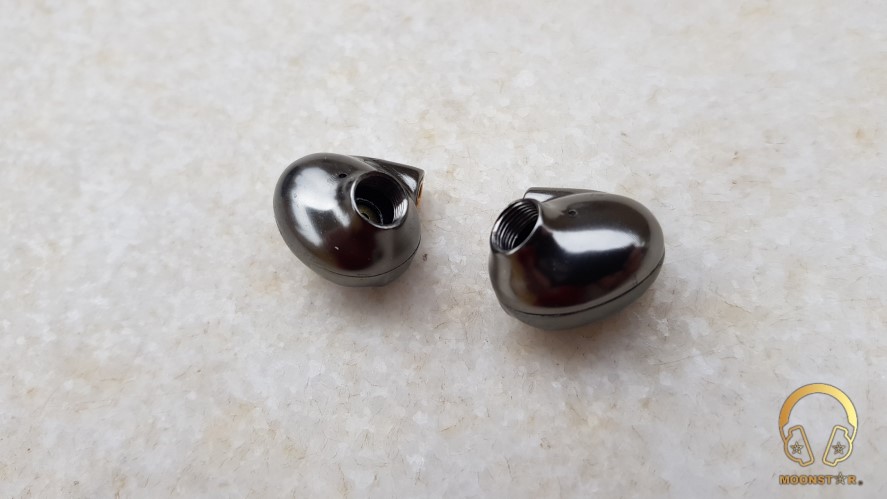
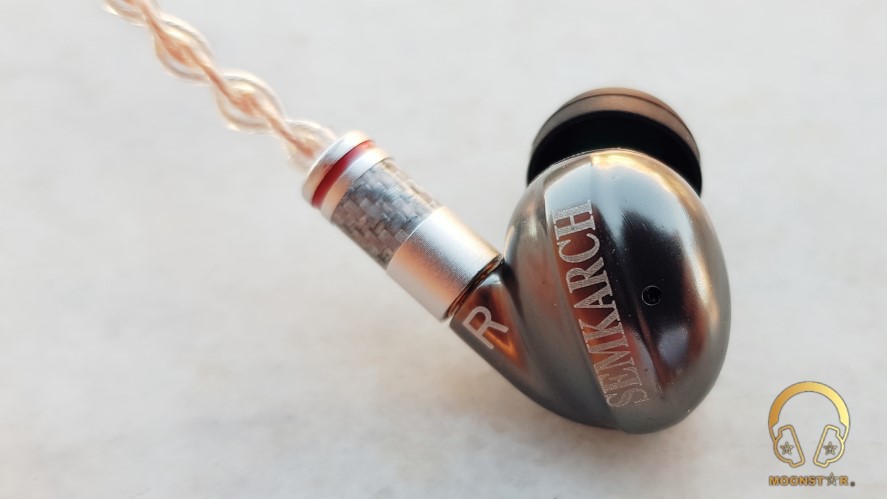
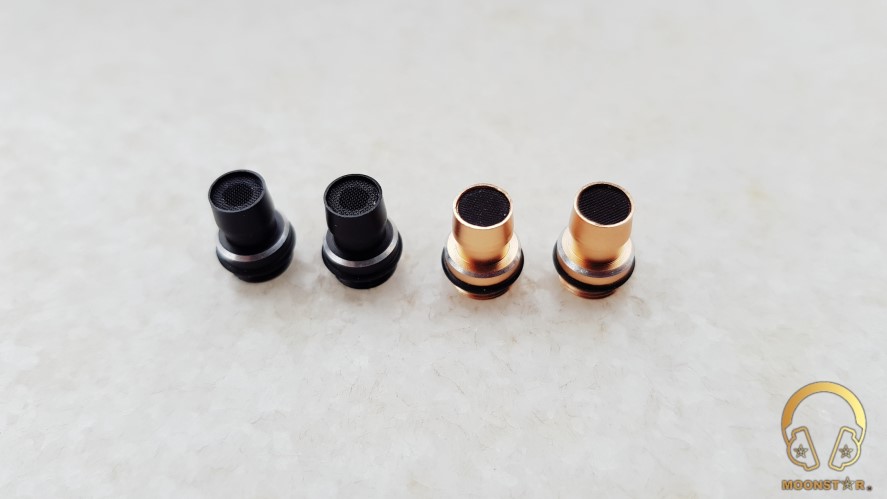
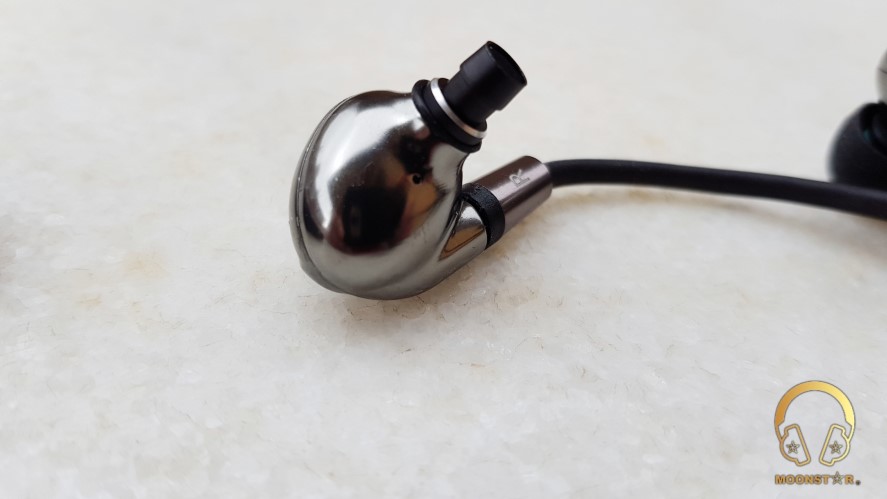
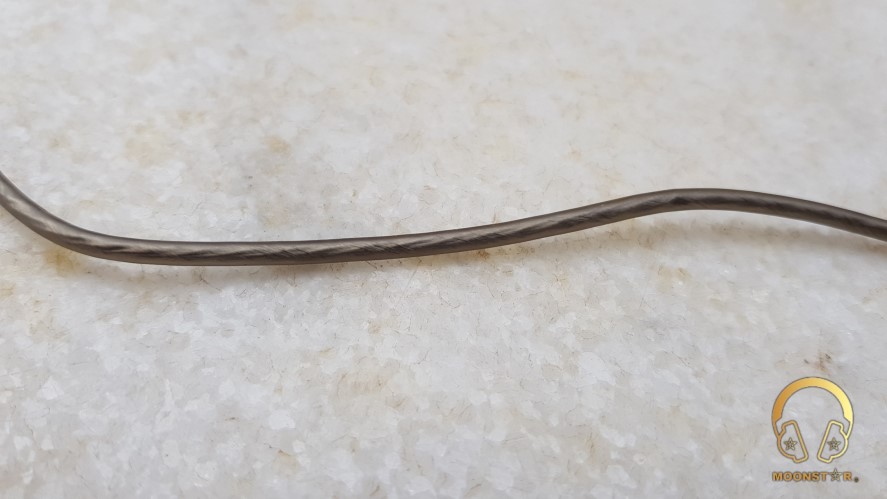
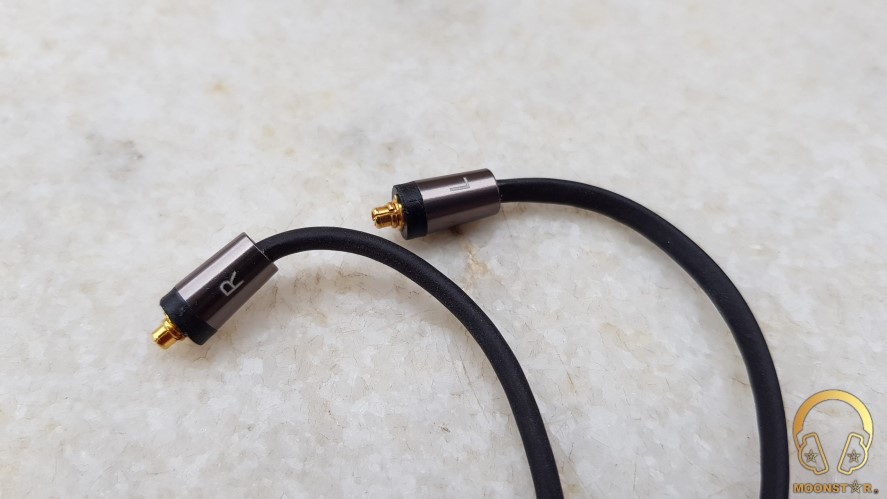
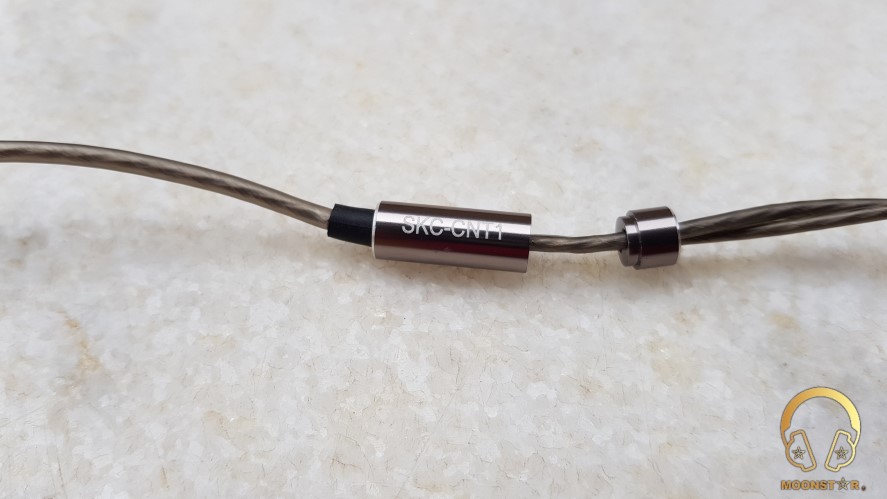
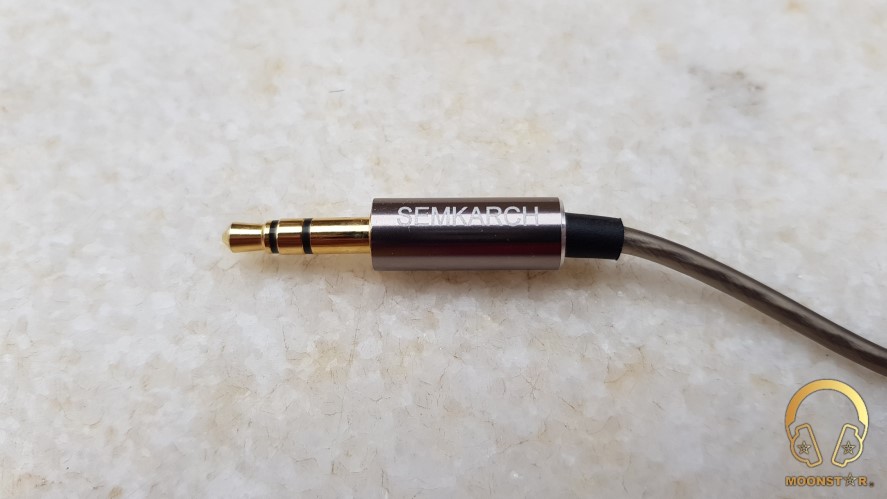
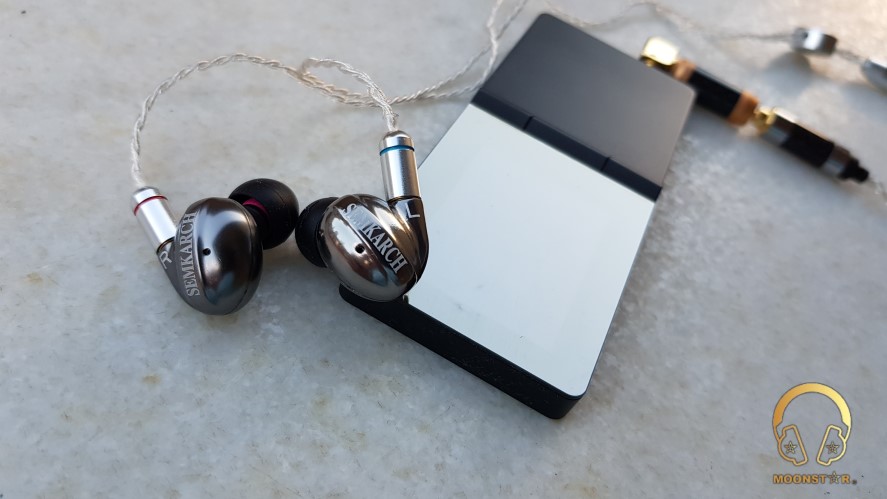
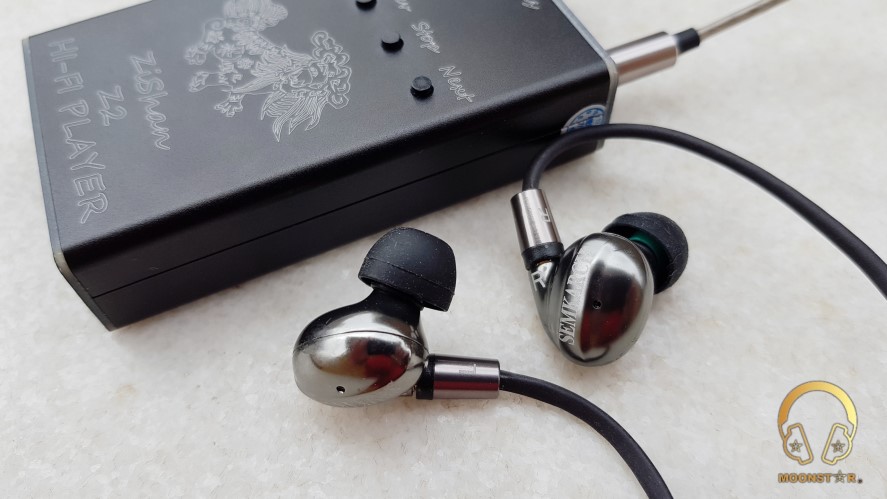
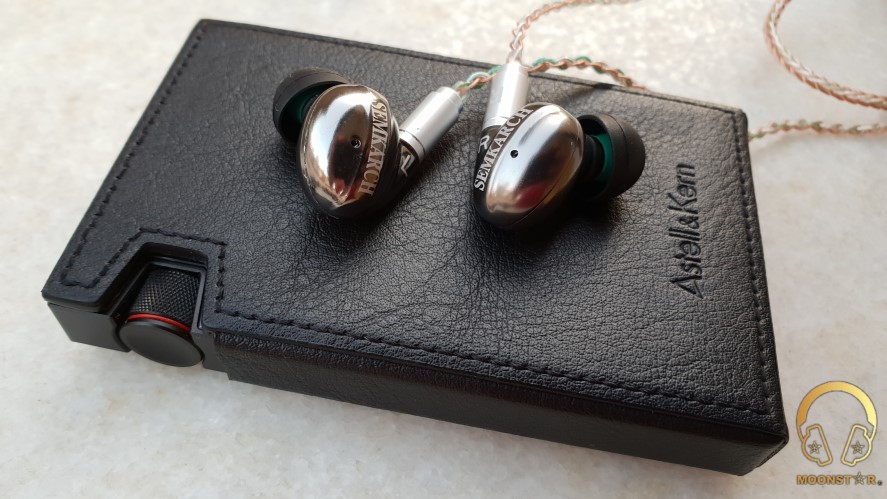
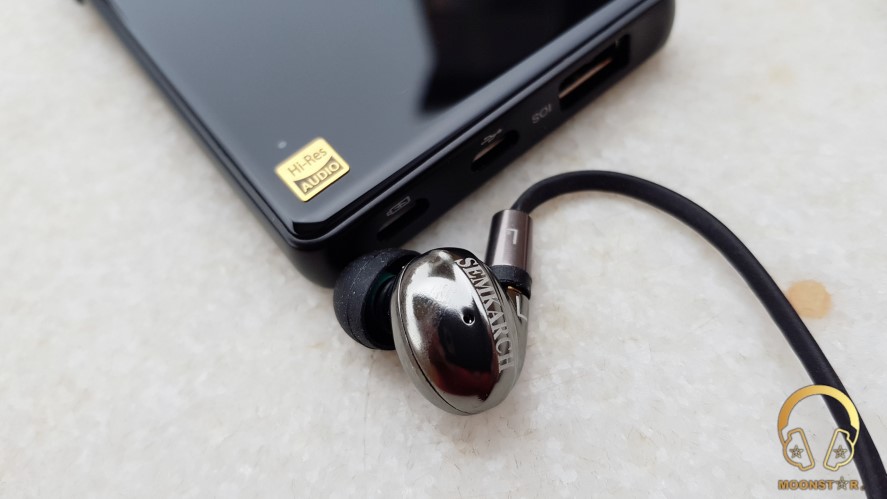
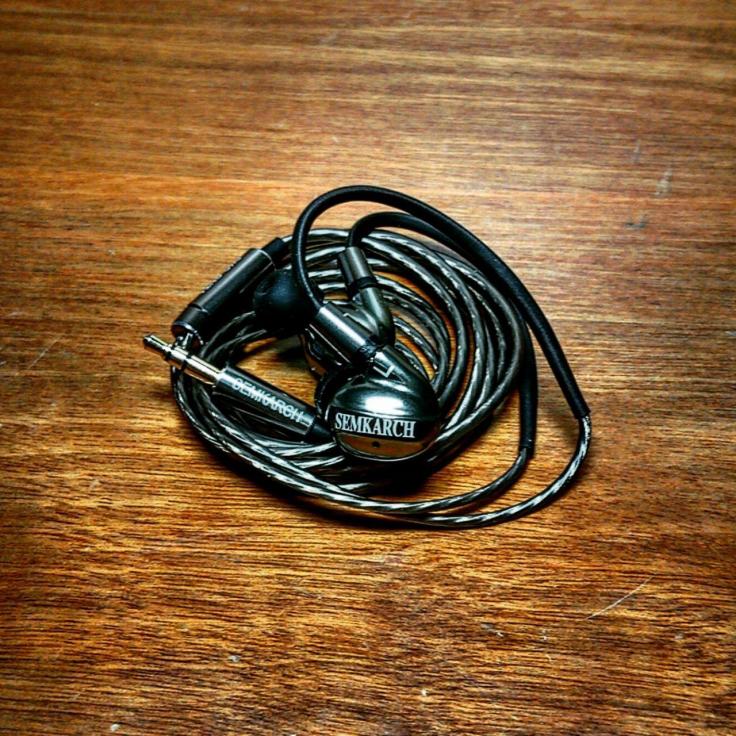


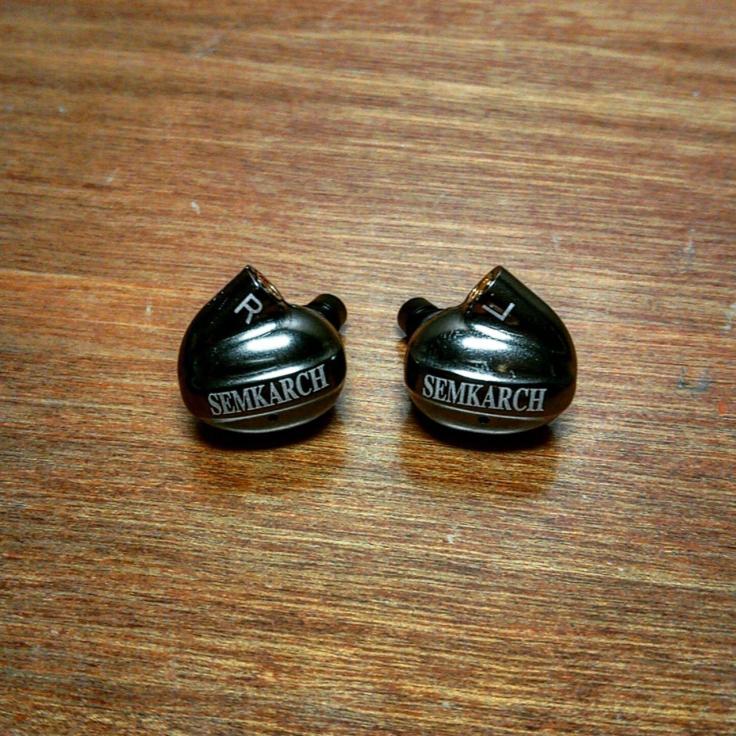

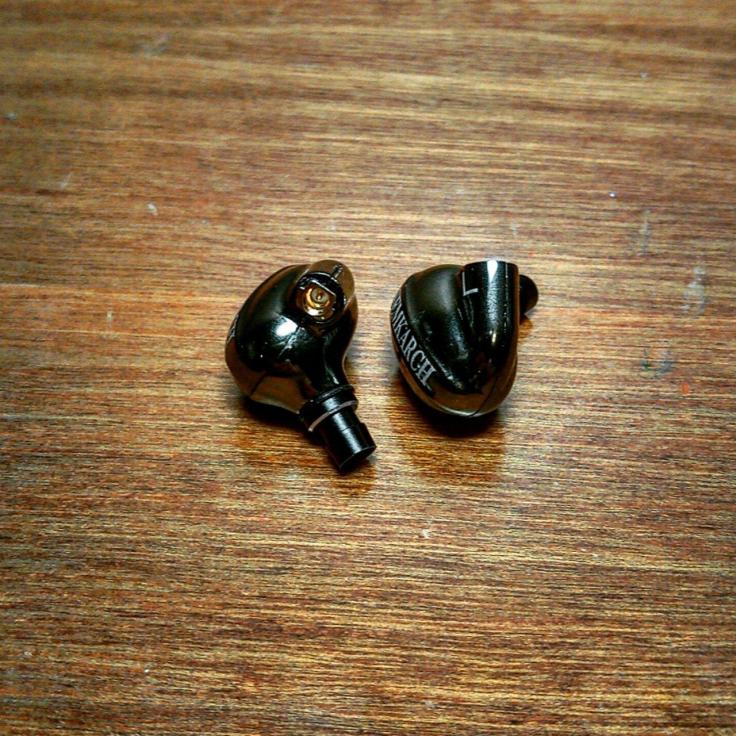

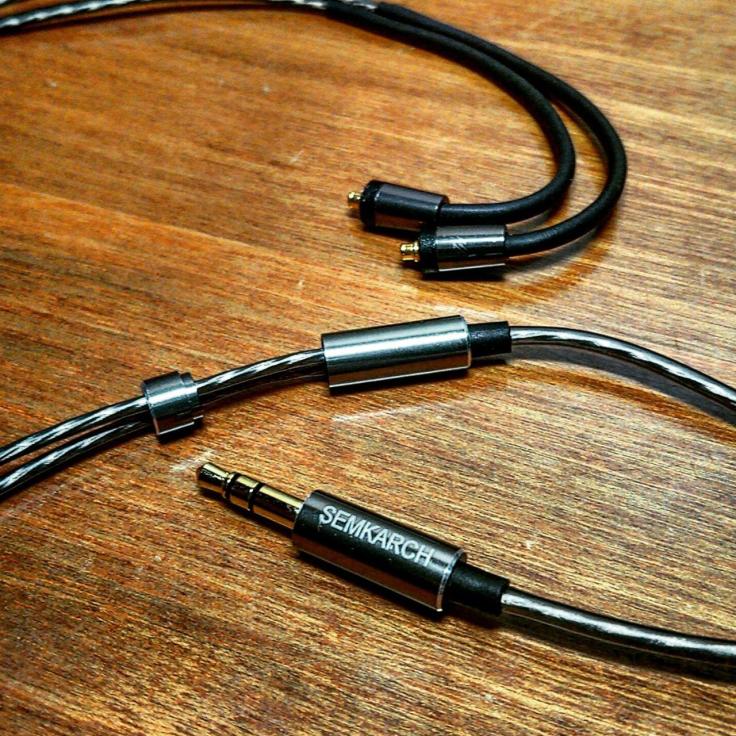

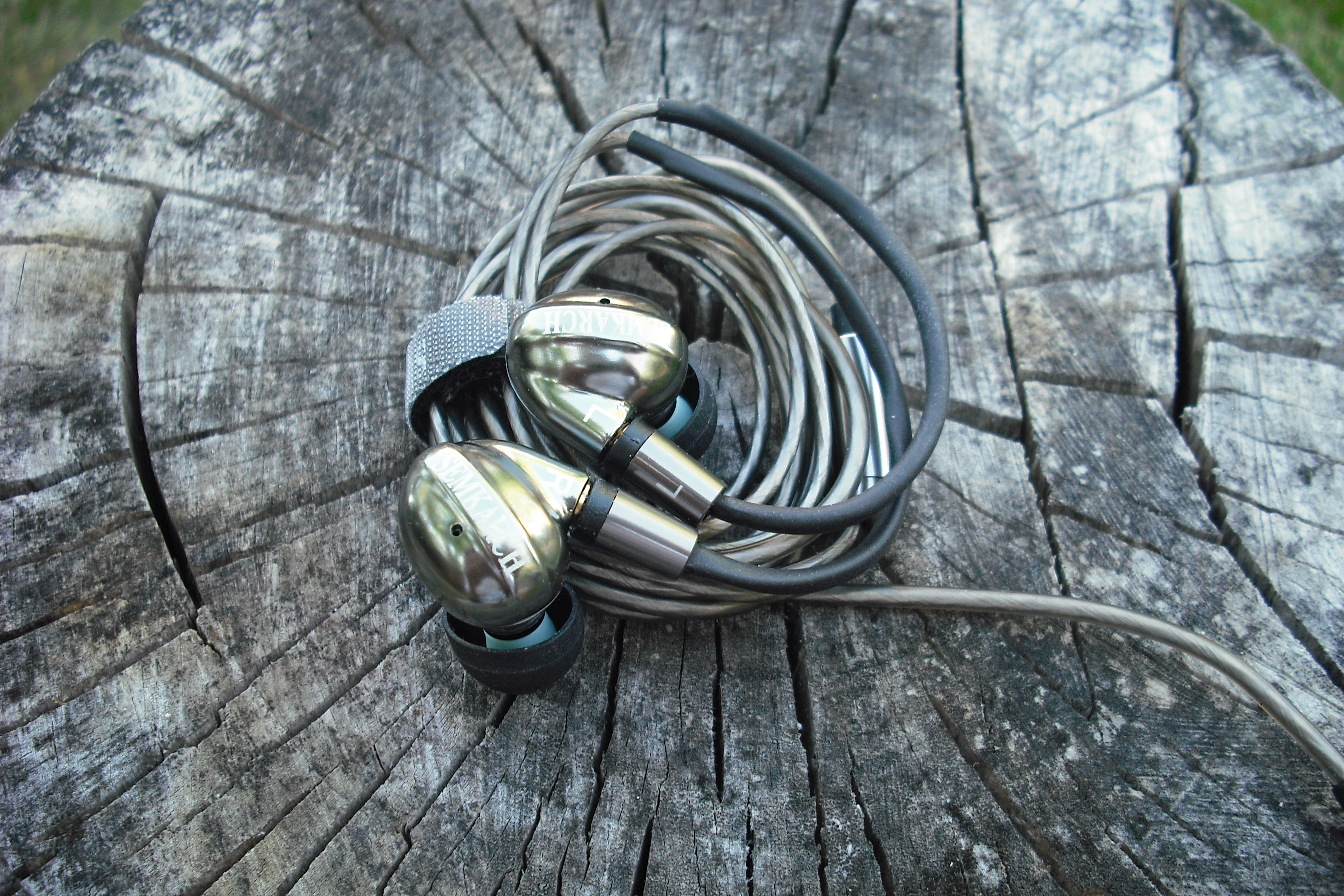








Although I gotta caution u that the T800 is not really natural in tuning and is no longer in the range of the budget sub 50 bucks CHIFI. It is a mild V shaped signature with boosted bass and treble. The treble is in fact bright, so not the best option if u are treble sensitive unless u play with knowles dampers or eartips/cables.